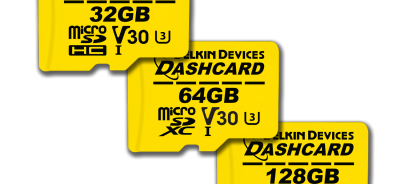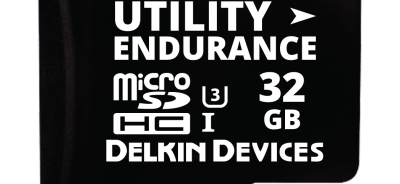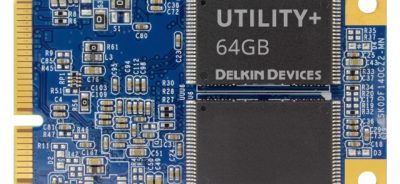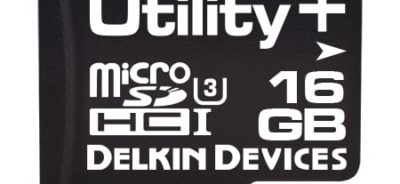How Do Wear Leveling SD Cards Work?
SD cards are a popular choice for industrial grade memory. These NAND flash memory cards are reliable, thanks to their consistent design based on the standards set by the Secure Digital Association, and long-lasting, especially in SLC format. However, one essential algorithm makes wear leveling SD cards last even longer than their original design allows for: wear leveling. Wear leveling algorithms maximize the lifespan of these memory cards by ensuring that blocks of available data storage are used in the most efficient way possible. Here is a look at how wear leveling works and how it is used to make SD cards even more reliable.
A Primer on SD Cards
SD cards are designed around NAND flash technology, in which data is stored on cells inside the drive. SLC NAND flash is popular in industrial grade applications because it offers high capacities and reliable functioning with low power demands. NAND flash is a form of non-volatile storage, which means it does not require power for data storage.
SD cards are designed using specifications set by the Secure Digital Association. Association members are privy to the specifications needed to make SD cards, and only cards made to these guidelines can be called SD cards.
The Role of Wear Leveling Algorithms
A recognized flaw of flash memory is that data blocks can be overused, which may lead to unwanted erasures and data loss. Wear leveling algorithms are the fix. These algorithms, which are added to the SD card design, prevent any single block from being overused so that the data is protected and the overall life of the card is maximized.
In wear leveling SD cards, the algorithm causes the controller of the card to keep an erase count of the blocks, and new data is written to the block with the lowest erase count each time. This process ensures that the blocks wear as evenly as possible. When wear leveling algorithms are not in use, the flash memory tends to write data to the same blocks over and over again, while not writing data to some blocks at all. This causes the blocks of data that are overused to wear out, rendering the memory card useless even though there are still available blocks that have not yet received any data. The use of wear leveling algorithms means that SD cards can provide the reliability necessary for industrial applications.
If you’re considering an SD card for your industrial application, contact Delkin. We can provide more information about wear leveling SD cards and the other options available for industrial storage.
 Login
Login Register
Register












